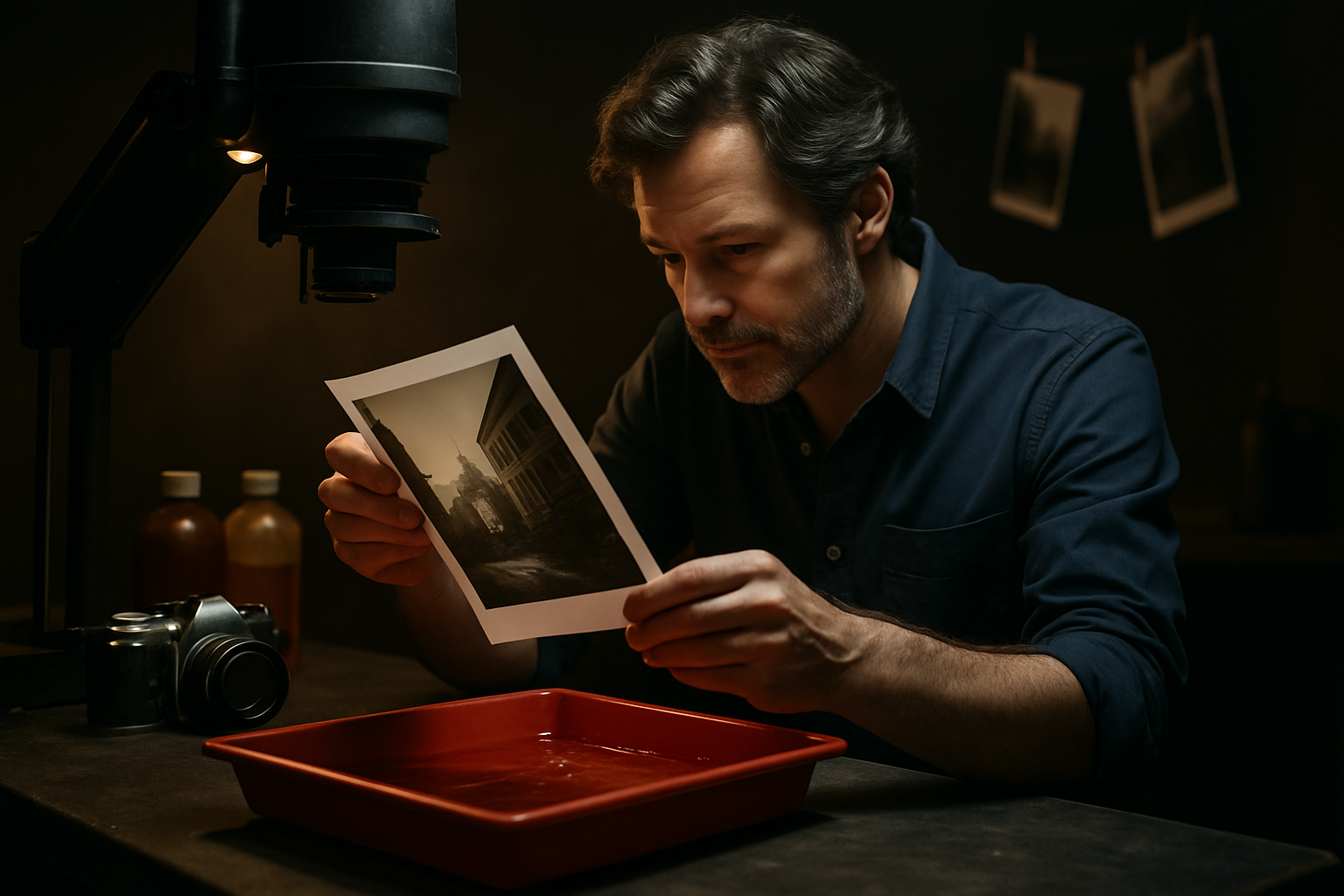The Resurgence of Analog Photography in the Digital Age
In an era dominated by digital technology, a surprising trend is gaining momentum in the world of photography. Analog photography, once thought to be obsolete, is experiencing a remarkable revival. This resurgence is not merely nostalgia-driven; it represents a profound shift in how artists and enthusiasts approach image-making. As digital cameras continue to evolve with ever-increasing megapixel counts and sophisticated features, a growing number of photographers are consciously choosing to work with film, embracing its unique aesthetic and tactile process. This article delves into the fascinating world of analog photography's comeback, exploring its artistic, cultural, and technological implications.

A Return to Craft
For many photographers, the revival of analog methods represents a return to the craft of image-making. The process of shooting with film requires a more deliberate approach, forcing photographers to slow down and carefully consider each frame. This mindfulness extends to the darkroom, where the physical act of developing and printing images becomes an integral part of the creative process. The tactile nature of working with chemicals and paper offers a stark contrast to the digital workflow, providing a sense of connection to the medium that many find deeply satisfying.
The Aesthetic Appeal
The distinctive look of film continues to captivate both photographers and viewers alike. The way film renders light, color, and texture is often described as having a certain warmth or depth that digital sensors struggle to replicate. This unique aesthetic has found particular favor in fashion and fine art photography, where the soft, dreamy quality of film can lend images a timeless and ethereal quality. As a result, many contemporary photographers are choosing to shoot important projects on film, even if they primarily work in digital formats.
Educational Value
The resurgence of analog photography has also had a significant impact on photographic education. Many schools and workshops are reintroducing film photography into their curricula, recognizing its value in teaching fundamental principles of exposure, composition, and post-processing. Working with film forces students to understand the technical aspects of photography on a deeper level, as they cannot rely on immediate feedback or automatic settings. This grounding in the basics of the medium is seen as invaluable, even for those who ultimately choose to work primarily in digital formats.
Technological Innovations
Contrary to expectations, the revival of analog photography has not been hindered by technological progress but has instead been supported by it. While major camera manufacturers have largely abandoned film camera production, a new wave of boutique companies has emerged, creating innovative new film cameras that blend classic design with modern features. Additionally, advancements in film scanning technology have made it easier than ever to digitize negatives, allowing photographers to combine the best of both analog and digital worlds in their workflow.
Cultural Impact and Community Building
The analog photography movement has fostered a vibrant community of enthusiasts and artists. Online forums, social media groups, and local meetups have become hubs for sharing knowledge, techniques, and inspiration. This sense of community extends to the physical world as well, with the emergence of new darkrooms, photography labs, and specialty stores catering to film photographers. These spaces not only provide essential services but also serve as gathering places for like-minded individuals to connect and collaborate.
Environmental Considerations
As awareness of environmental issues grows, some photographers are turning to analog methods as a more sustainable alternative to the constant upgrade cycle of digital equipment. While film photography does involve chemical processes, many argue that the longevity of film cameras and the reduced electronic waste make it a more environmentally friendly option in the long term. This perspective has led to increased interest in eco-friendly developing processes and the use of vintage equipment, further contributing to the analog revival.
The Future of Analog in a Digital World
As the analog photography movement continues to grow, it raises interesting questions about the future of image-making. Rather than being seen as mutually exclusive, many photographers are finding ways to integrate both analog and digital techniques into their practice. This hybrid approach allows for the creative benefits of film while taking advantage of the convenience and flexibility of digital tools. As technology continues to evolve, it is likely that we will see even more innovative ways of blending these two worlds, ensuring that analog photography remains a vital and relevant part of the photographic landscape for years to come.





